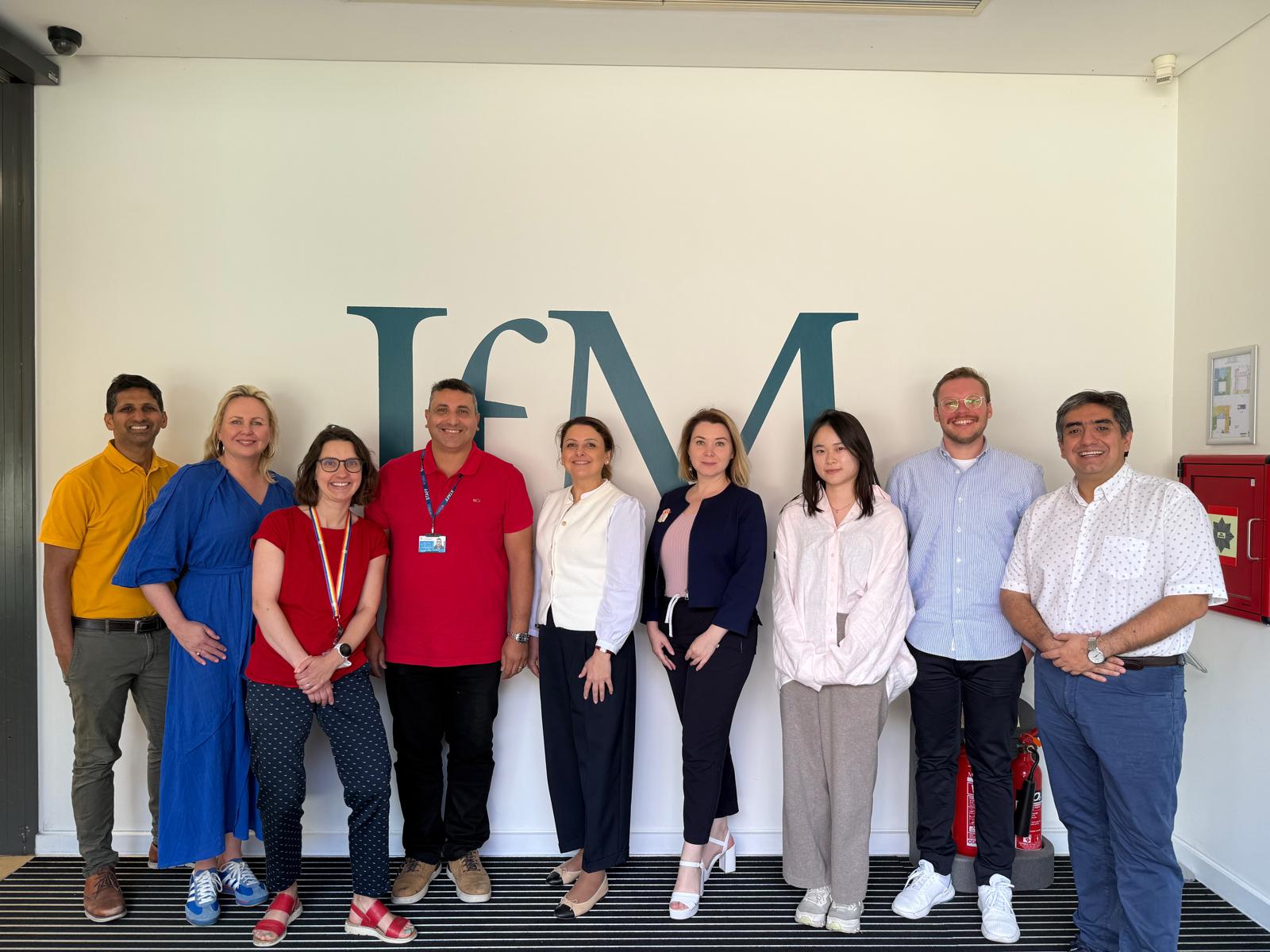
Submitted by Administrator on Thu, 31/05/2018 - 18:38
In this paper, Mohamed Zaki and Andy Neely propose a systematic multi-methods using a text-mining approach to capture and analyze customers’ data
Creating a strong customer experience is a strategic priority for organizations. Companies are leveraging new technologies such as mobile applications, social media platforms, virtual reality, drones and the Internet of Things to provide smart services and enable a seamless customer experience. The complexity of using these technologies within an organization’s myriad touchpoints has led to a data explosion across touchpoints in the entire customer journey (Lemon and Verhoef 2016). Most of this customer data is unstructured textual data, which is generated at several touchpoints in the customer journey (McColl-Kennedy et al. 2015). Text-mining techniques relating to traditional sentiment have focused on developing more accurate models but failed to obtain managerial insights by adopting these methods (Fenn and LeHong 2012).
Thus, firms require new data-driven methods that could highlight what really matters in driving customer satisfaction and delivering actionable insights (Lemon 2016; Hartmann et al. 2016). In this chapter, first, we propose systematic multi-methods using a text-mining approach to capture and analyze customers’ data. This is done to enable firms to identify critical pain points from real-time data and provide deeper insights into critical touchpoints in order to reduce friction and improve the customer experience. Second, our approach enables early recognition of nuances in customer sentiment and demonstrates a novel method for analyzing textual data from CRM and social media data. This will allow an organization to monitor the customer experience while cross-referencing internal and external data sources. Third, extracting employee evaluations and the customer–buyer relationship will be demonstrated in an approach that can be used on ‘big data’, building on text-mining methods relating to the customer experience. Finally, we believe this new approach will enable firms to create rich, dynamic, customer-centric models that can provide a deeper understanding of customer behaviour, including subsequent customer responses to organizational attempts to improve the customer experience.



